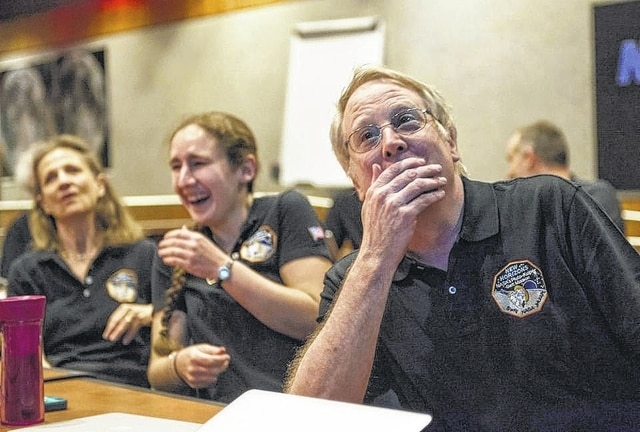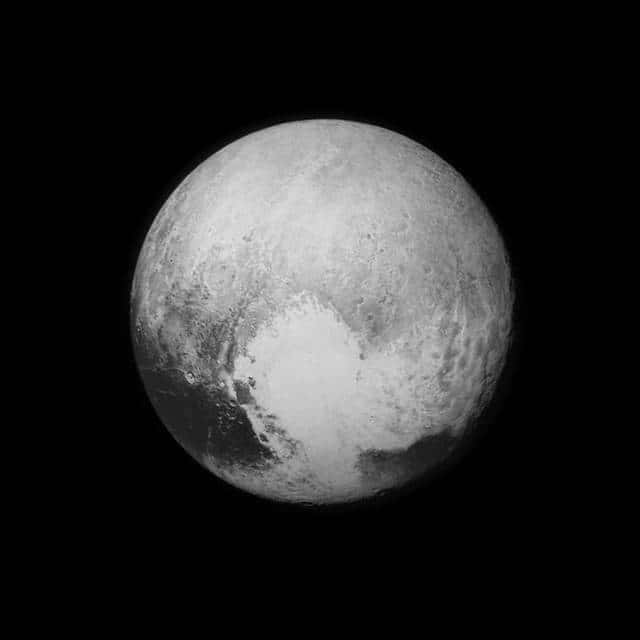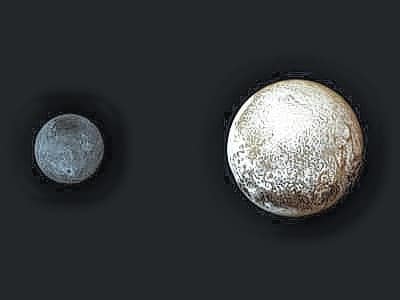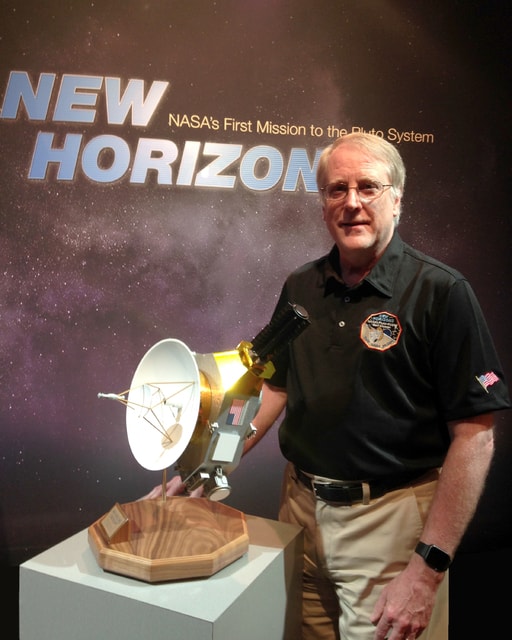







While NASA’s New Horizons flyby mission to learn more about the dwarf-planet Pluto made headlines and kept social media buzzing Tuesday morning, many local residents were unaware of just how close of a connection Washington C.H. has to Pluto.
Richard P. Binzel, a 1977 graduate of Washington Senior High School, grew up on Washington Avenue and is a New Horizons mission co-investigator.
“I was always interested in space. I mowed lawns all summer and saved up so that I could buy a telescope,” Binzel said in a phone interview. “The first thing I saw was Saturn with those beautiful rings.”
Binzel is a co-investigator and a professor in the Massachusetts Institute of Technology’s Department of Earth, Atmospheric, and Planetary Sciences as a Professor of Planetary Sciences. According to the MIT EAPS website, Binzel lists his interests as collisional evolution of asteroids; physical parameters and surface features of the Pluto-Charon system.
“I became fascinated with planets early on,” Binzel said. “I became fixated on learning as much science and as much about planets as possible. I got my bachelor’s in physics and my PhD in astronomy at the University of Texas in 1986.”
Binzel helped to design the instruments and the experiments that New Horizons has been working on since its departure in 2006.
“The thing is,” said Binzel, “you have to decide what it is you want to learn and then that’s how you can decide how you collect that information. What we want to know is what Pluto is made of and how exactly it’s constructed.”
New Horizons launched a space probe on Jan. 19, 2006, and after swinging past Jupiter for a gravity boost and scientific studies in February of 2007, it has been sending data back about Pluto and its moons for the past six months.
At around 7:50 a.m. Tuesday morning, New Horizons came within 7,767 miles of Pluto’s icy, rocky surface, according to NASA calculations.
“This is a three billion mile trip,” said Binzel. “It takes four and a half hours, one way, for information to get transmitted. If we send a command up, that takes four and a half hours, and then it takes an additional four and a half hours before we even know if the command was accepted and completed, and to see what’s happening.”
NASA hopes that New Horizons will help to answer basic questions about the surface properties, geology, interior makeup, and atmospheres on the bodies of Pluto and its moons.
“This is the only true new voyage left,” Binzel said. “This is the farthest place that humans have explored up close.”
Binzel and the rest of NASA’s scientists won’t learn for another 13 hours whether or not the mission was a success.
“The last thing we want the spacecraft to do is be bothered talking to us,” said Binzel in an interview with The Boston Globe Tuesday morning. “This is a milestone event not only in seeing Pluto, but it’s a milestone event in the human exploration of the solar system. I think when we step back, we will see this as a capstone moment. There is only one generation that can be the first to accomplish the first reconnaissance, and we all feel incredibly fortunate and incredibly motivated that we are that generation.”
While Binzel’s excitement Tuesday was three billion miles away, he also fondly remembers Fayette County and especially the teachers and opportunities that helped to push him to where he is now.
“Miami Trace used to have a great astronomy club and Harold Gass was the teacher advisor,” said Binzel. “He and the rest of the club welcomed me with open arms, even though I was from Washington. Their encouragement didn’t know any boundaries.
“Another teacher I remember fondly is Roger Mickle,” Binzel said. “He was my sixth grade science teacher, but he was incredibly encouraging. I remember he used to tell me not to listen to him, to go off and learn and to explore. He made such an impact on me.
“If after these 30 years of teaching at MIT, I will have made an impact on anyone the way some of the teachers I’ve had have made an impact on me, well…it’s a teacher’s dream, really.”

